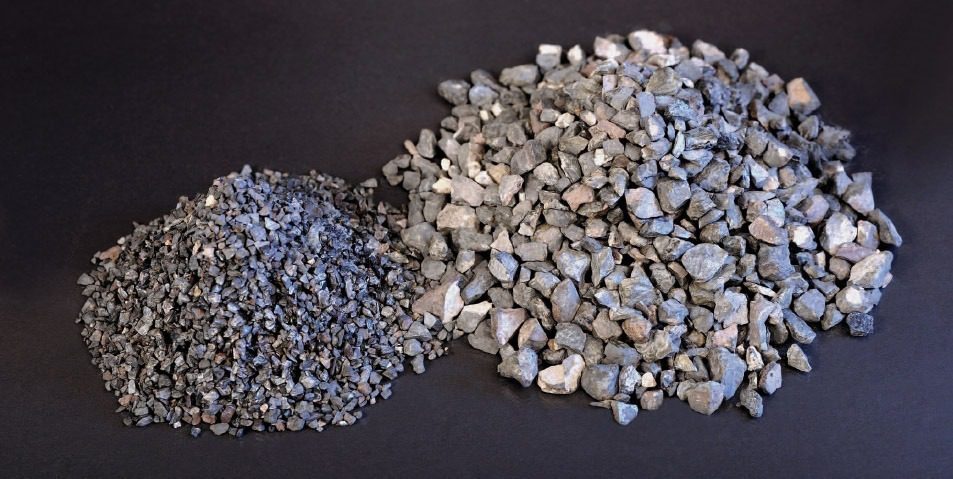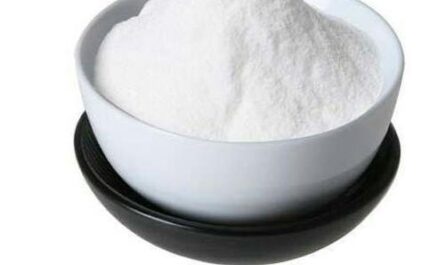Market Overview
The global High Alumina Aggregate Market is estimated to be valued at US$ 422.6 million in 2022 and is expected to exhibit a CAGR of 4.09% over the forecast period of 2023-2030, as highlighted in a new report published by Coherent Market Insights. High alumina aggregate is a crucial component in various industries, including refractories, steel, ceramics, and cement. Its excellent thermal stability, high density, and resistance to chemical attack make it an ideal material for high-temperature applications.
Market Dynamics
The market dynamics of the High Alumina Aggregate Market can be attributed to two main drivers. Firstly, the rapid industrialization in emerging economies, such as China and India, has led to increased infrastructure development, which requires advanced building materials. High alumina aggregate is extensively used in the construction industry for its superior properties, driving market growth.
Secondly, the growing demand for high-quality refractories in the steel and cement industries is boosting the market. High alumina aggregate is widely used in the production of refractories due to its ability to withstand high temperatures and corrosive environments. As these industries continue to expand, the demand for high-quality refractories will increase, further propelling market growth.
For instance, major steel producers, such as ArcelorMittal and POSCO, are utilizing high alumina aggregates in their blast furnaces for their excellent thermal insulation and corrosion resistance properties. This trend is expected to provide a significant boost to the market.
Market Key Trends
One key trend in the High Alumina Aggregate Market is the increasing adoption of advanced manufacturing techniques and technologies. Manufacturers are investing in research and development activities to enhance the product’s properties and cater to specific industry requirements. For example, companies are focusing on developing lightweight high alumina aggregates with improved thermal insulation properties, which find applications in the aerospace industry.
SWOT Analysis
Strengths: High alumina aggregate offers exceptional thermal stability, high density, chemical resistance, and low hydraulic reactivity, making it a preferred choice in various industries. Its widespread usage in high-temperature applications strengthens its market position.
Weaknesses: The availability of alternative materials and the fluctuating cost of raw materials may pose challenges to market growth.
Opportunities: The increasing demand for high-quality refractories and the growing construction industry in emerging economies present significant growth opportunities for the market.
Threats: Intense competition among market players and the stringent environmental regulations governing refractory materials could hinder market growth.
Key Takeaways
In terms of market size, the global High Alumina Aggregate Market is expected to witness high growth, exhibiting a CAGR of 4.09% over the forecast period. The increasing demand for high-quality refractories and infrastructure development in emerging economies are the primary drivers of market growth.
In terms of regional analysis, Asia Pacific is the fastest-growing and dominating region, driven by rapid industrialization and infrastructure development activities in countries like China and India.
Key players operating in the global High Alumina Aggregate Market include Zhengzhou Rongsheng Refractory CO, LTD, Shanxi Guofeng Ruineng Refractory Co., Ltd., Orient Abrasives Ltd., Henan Lite Refractory Material Co. Ltd., Almatis, Kerneos, Cimsa, Calceum, Fengrun Metallurgy Material, RWC, and Caltra Nederland. These companies are focusing on product innovation, strategic partnerships, and expansion strategies to maintain their dominance in the market.
In conclusion, the global High Alumina Aggregate Market is poised for substantial growth due to the increasing demand for high-quality refractories and infrastructure development activities. Manufacturers are investing in research and development to offer advanced products that cater to industry-specific requirements. The market’s future looks promising with opportunities in emerging economies and the ongoing technological advancements in manufacturing processes.




